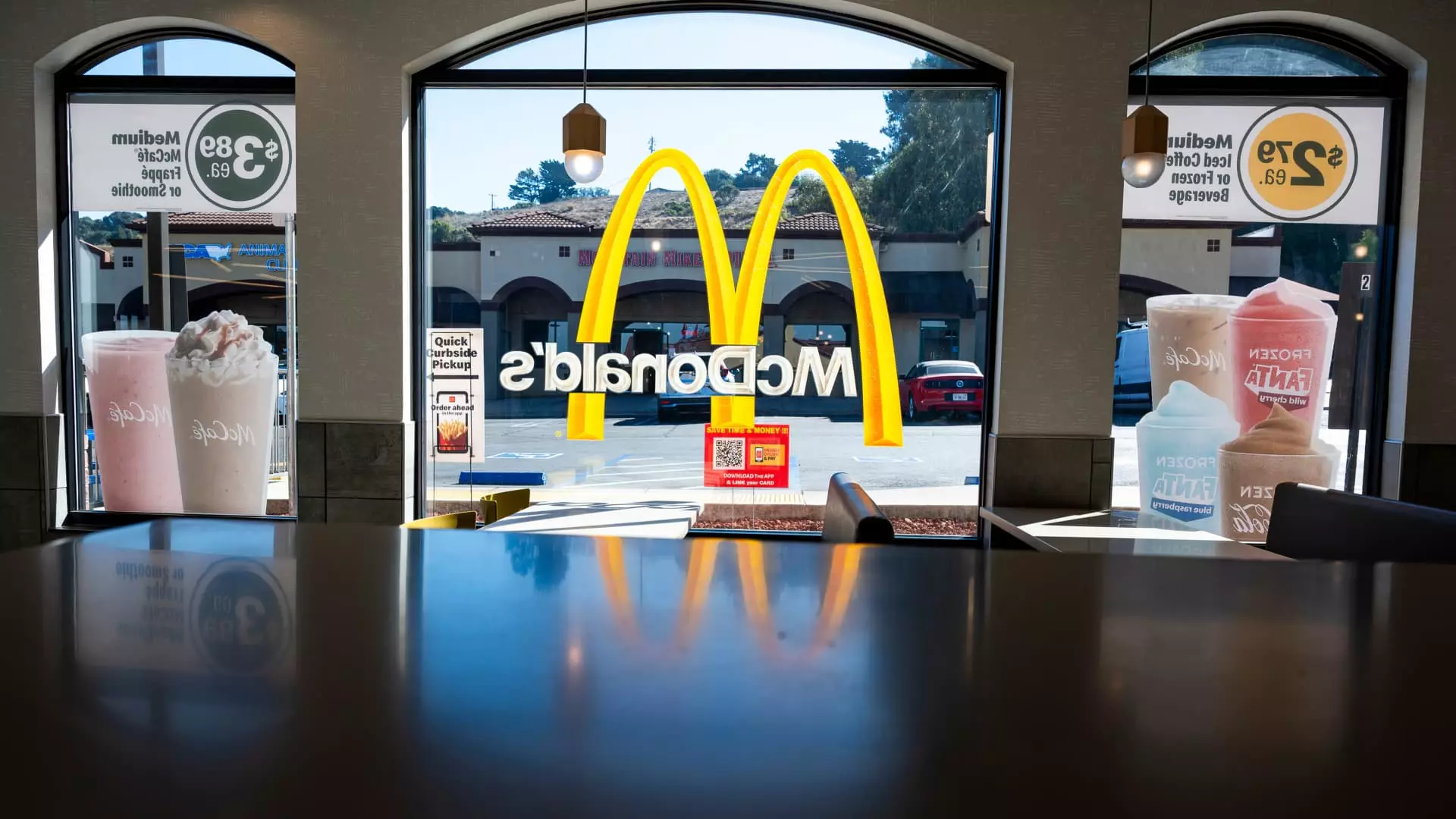The restaurant industry is navigating a turbulent environment, and there is palpable anticipation for the turn of the calendar year. Restaurant executives are expressing a mix of anxiety for the present and optimism for the future, as they gear up for 2025. A significant shift from an exceptionally tough 2024 suggests that although the challenges are far from over, hopeful signs may indicate the industry’s potential revival.
The statistics surrounding the restaurant scene in 2024 are sobering. Reports indicate a dramatic increase of over 50% in bankruptcy filings this year when compared to the previous year. Many reputable establishments are grappling with year-over-year declines in customer traffic. Notably, chains like McDonald’s, Starbucks, and others have reported disappointing same-store sales for several quarters, culminating in a climate of cautious investor sentiment.
Industry analysis underscores the grim reality of restaurant operations, particularly for establishments that had initially thrived post-COVID. Data from industry tracker Black Box Intelligence reveals that traffic to established restaurants has continued to decline monthly throughout 2024, reflecting broader economic pressures and changing consumer behavior amidst ongoing recovery efforts.
Despite these bleak statistics, there are emerging signs of resilience within the industry. In October, traffic to fast-food outlets notably increased by 2.8%, suggesting a possible uptick in consumer interest that could signal a rebound. Companies like Restaurant Brands International, the parent of Burger King, confirmed improved same-store sales for October. This indicates that the summer lows experienced earlier in the year may be giving way to renewed consumer activity.
Moreover, the recent reduction in interest rates presents a glimmer of hope for restaurant operators. The Federal Reserve’s decision to lower rates is likely to ease financial burdens associated with new developments. Businesses previously hindered by high borrowing costs can now invest more comfortably in expansion, allowing them to capitalize on recovering demand and stabilize operations. The resulting potential boost in consumer confidence through more accessible credit may result in increased customer spending, stimulating both foot traffic and sales across the industry.
As restaurant valuations start to improve amid the shifting economic landscape, industry insiders are cautiously optimistic about initial public offerings (IPOs). In recent conversations at the Restaurant Finance and Development Conference, there was murmurs of readiness among various firms exploring the possibility of entering the public market. While the overall market conditions have stymied new listings, there is a belief that selected restaurant chains may be prepared to begin this process in the coming year.
Companies like Inspire Brands, which oversees well-known franchises such as Dunkin’ and Buffalo Wild Wings, are potentially positioned for significant IPO activity. However, the experience of previous public offerings, such as that of Cava, reminds stakeholders of the volatility present in the market. Although Cava’s stock performance has been stellar, leading others to contemplate IPOs, many remain hesitant amid economic uncertainties that still loom large.
Nevertheless, the outlook is not entirely rosy. Even as signs of recovery appear, companies face internal and external challenges that may hamper their rebound efforts. For instance, Portillo’s CFO noted that some chains could struggle due to ongoing competitive pressures and the necessity to adapt to value-driven consumer expectations. As companies like McDonald’s introduce more aggressive value menus, the resulting pressure to maintain profit margins is likely to intensify competition across the restaurant sector.
Furthermore, the reality remains bleak for some businesses as bankruptcy risks persist, particularly among chains that resort to discounts out of desperation to attract customers. Even as a recession seems unlikely in the immediate future, consumer behavior may still reflect hesitation resulting from past financial pressures, making recovery a gradual process.
While the sky for the restaurant industry is darkened by significant challenges, the emergence of positive trends offers flickers of hope. As restaurants prepare for the end of a tumultuous year, the promise of a more vibrant 2025 has begun to surface. The interplay of declining interest rates, improved sales figures, and potential IPO activity provides a foundational fabric of optimism for stakeholders. That said, vigilance remains essential as the industry must navigate an ever-evolving landscape of competition, consumer sentiment, and economic variables, making the path to recovery one that will require strategic agility and endurance.


Leave a Reply